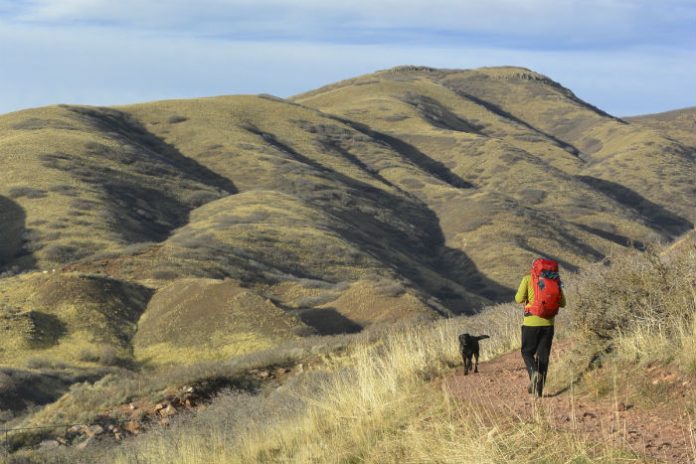Hiking is an astounding low-impact exercise. Studies show it gives multiple physical and mental advantages. From lowering anxiety to preventing osteoporosis, hiking is an open-air workout conveying benefits beyond beautiful and fun.
Opposed to strolling on a treadmill or a cleared path, hiking gives you more than only a physical activity, it also gives you many mental advantages. Obviously, these factors are a piece of what makes it so enjoyable. Try the accompanying hiking tips and tricks to make your hikes effective:
1. Start little and pick the right path for your health.
First, start with shorter hikes than your first goals and you should start either on a hill or a flat surface. To estimate the time you need to climb a hill, think of about 2-miles per hour. Then, audit the height changes and add an hour to your estimates climbing time for every 1000 feet of height. After you’ve been out on more than once, you’ll have a sense of what duration and height changes function well for you.
2. Adapt yourself with the hike.
After choosing a hike, get a guide of the region and examine reports and look for more information. There are some brilliant online guides accessible. See whether the path is a circle, or if you’ll need to backtrack or recognize a subsequent car. Observe any crossing trails where you might make an off-base turn. I also like to search for decent lunch spots, a lake or top with a view.
3. Check the weather.
Paving the way to your hike, and again a couple of hours before, check the weather. This will help you to know the most proficient method to know what to wear and what to pack. If the weather is estimated to be terrible, it will allow you to change your plan as opposed to getting surprised on the path.
4. Tell somebody where you will be.
You should let someone (who is not going to hike) know the plan and time and what time to stress and call for help. Note I didn’t say, ‘when you hope to be done.’ The ‘stress time’ might be a few hours after the fact than your planned completion to take into consideration moderate climbing, a surprising perspective, or maybe an irritated lower leg.
Another alternative is to convey a crisis gadget, for example, the SPOT tracker, which allows you to bring crisis help by satellite. One admonition, gadgets like the SPOT are not a reason to avoid duty regarding your very own security- they are a reinforcement.
5. Make a 10 essentials list and pack them.
The 10 essentials have drastically moved from a list of things to a list of systems. These are the systems that you should pack to stay safe in your hike, including confronting a potential medium-term. Contingent upon the length and distance of your hike, extend or limit every system. For instance, on a short summer hike close to services, a conservative crisis cover should be fine. However, a long-distance winter hike would require something broader. Here are the 10 essential systems:
Ten Essential Systems
- Navigation (map and compass)
- Sun protection (sunglasses and sunscreen)
- Protection from the weather (additional clothing)
- Illumination (headlamp/ flashlight)
- Emergency-aid supplies
- Fire (waterproof matches/candle/lighter)
- Repair kit and tools
- Food (additional food)
- Hydration (additional water)
- Crisis cover (tent/plastic cylinder tent/trash bag)
CLICK NEXT PAGE BELOW TO CONTINUE READING …










